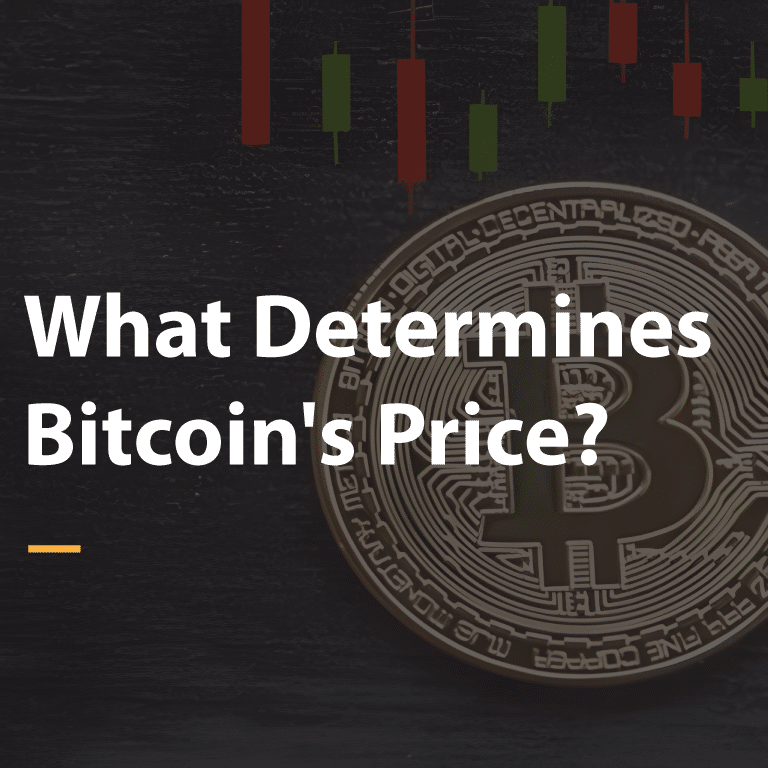Bitcoin’s price remains a subject of intense scrutiny and fascination in the financial world. Since its inception in 2009 by the mysterious Satoshi Nakamoto, Bitcoin has evolved from an obscure digital currency to a global phenomenon, capturing the imagination of investors, technologists, and the media alike. In this comprehensive exploration, we delve into the multifaceted factors that influence Bitcoin’s price, from its supply dynamics to regulatory developments and everything in between.
Introduction to Bitcoin’s Price
Bitcoin, often referred to as digital gold, operates on a decentralized network powered by blockchain technology. Unlike traditional currencies issued and regulated by central authorities, Bitcoin functions independently of any government or financial institution. Consequently, its price is driven by a unique set of factors, distinct from those governing fiat currencies or traditional assets.
Factors Influencing Bitcoin’s Price
- Supply Dynamics: At the core of Bitcoin’s price determination lies its fixed supply. With a maximum limit of 21 million coins, Bitcoin’s scarcity imbues it with intrinsic value akin to precious metals like gold. The process of mining, whereby new bitcoins are introduced into circulation, undergoes periodic halving events, gradually reducing the rate of supply growth. This diminishing supply trajectory contributes to upward pressure on Bitcoin’s price, reminiscent of the dynamics seen in commodities markets.
- Demand Dynamics: Bitcoin’s price is intricately linked to market demand, driven by a myriad of factors ranging from investor sentiment to macroeconomic conditions. The allure of Bitcoin as a store of value and hedge against inflation has attracted a diverse array of investors, ranging from retail enthusiasts to institutional behemoths. Moreover, Bitcoin’s utility as a borderless, censorship-resistant medium of exchange has garnered traction in regions plagued by economic instability, further fueling demand.
- Production Costs: Similar to traditional commodities, Bitcoin’s price is influenced by its marginal production costs. The mining process, which entails solving complex cryptographic puzzles, incurs expenses related to electricity consumption and specialized hardware. Fluctuations in energy prices and technological advancements in mining equipment can impact Bitcoin’s production costs, thereby exerting indirect pressure on its price dynamics.
- Competition from Altcoins: While Bitcoin reigns supreme as the pioneer cryptocurrency, it faces stiff competition from a multitude of alternative digital assets collectively referred to as altcoins. Ethereum, with its smart contract capabilities, and decentralized finance (DeFi) protocols, has emerged as a formidable challenger to Bitcoin’s dominance. The proliferation of altcoins introduces competitive pressures on Bitcoin, as investors allocate capital across an increasingly diverse crypto landscape.
- Regulatory Environment: Bitcoin’s decentralized nature renders it immune to traditional monetary policies but exposes it to regulatory uncertainties. Regulatory interventions, ranging from outright bans to favorable legislation, can profoundly impact Bitcoin’s price trajectory. While regulatory clarity may enhance institutional adoption and investor confidence, regulatory crackdowns can trigger sell-offs and market turbulence.
- Media and Sentiment: The media plays a pivotal role in shaping public perception and sentiment towards Bitcoin. News coverage, ranging from mainstream media outlets to social media platforms, can amplify bullish or bearish narratives, leading to cascading effects on market sentiment and price volatility. Moreover, endorsements or criticisms from influential figures, including celebrities and business magnates, can sway investor sentiment and drive short-term price movements.
Conclusion
In conclusion, Bitcoin’s price dynamics are a complex interplay of supply, demand, production costs, competition, regulatory developments, and media sentiment. As the flagship cryptocurrency continues to evolve and mature, its price volatility remains both a source of opportunity and risk for investors. Understanding the intricate dynamics driving Bitcoin’s price is essential for navigating the ever-changing landscape of the digital asset market. Whether one views Bitcoin as a revolutionary innovation or a speculative bubble, its impact on the global financial ecosystem is undeniable, underscoring the need for ongoing research, analysis, and prudent risk management strategies.








